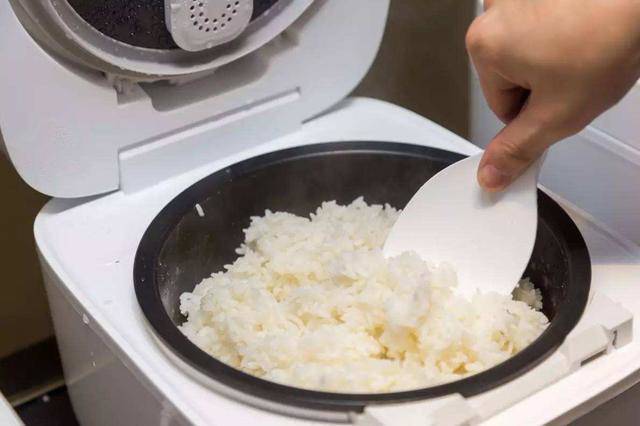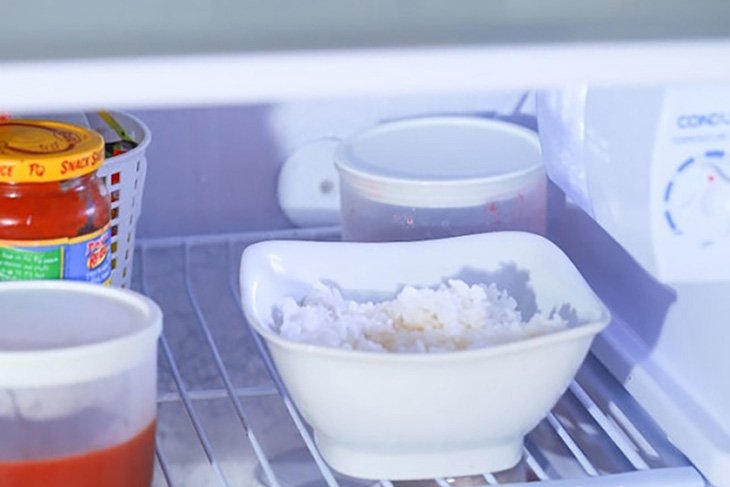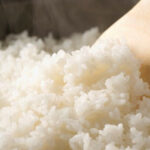Notes on Cooking Rice
In hot weather, cooked rice can easily spoil. Therefore, from the cooking stage to storage, care must be taken.
It is recommended to wash the rice in a separate container or bowl, rather than directly in the cooking pot. This ensures that all dust and impurities are removed before cooking. Prior to cooking, clean the rice cooker thoroughly to eliminate any bacteria and dirt.

Add Salt to the Rice
This is an old folk trick to preserve rice, often used in the past. When cooking rice, add a pinch of salt to enhance the flavor and extend its shelf life.
Salt has the ability to inhibit microorganisms, slowing down the spoilage of rice. Additionally, salt can reduce the impact of enzymes that cause rice to deteriorate.
Alternatively, you can substitute salt with vinegar at a ratio of 2ml vinegar to 1.5 kg of rice. This will help keep the rice from spoiling for a longer period.
For shiny, fragrant rice, consider adding a spoonful of cooking oil, coconut oil, or sesame oil to the cooker before starting the cooking process.
Use the Keep-Warm Function of the Rice Cooker
If you’ve cooked rice too early and won’t be consuming it for a while, leave it in the rice cooker and use the ‘Warm’ function to maintain its temperature.
This method is only temporary and should not be used for more than 5 hours, as the rice will start to lose its taste and texture.
Refrigerate the Rice

This is the most common method of rice preservation today. However, there are a few things to keep in mind before storing leftover rice in the fridge.
Transfer the leftover rice to a bowl or container and let it cool down. Then, seal or cover the container tightly before placing it in the refrigerator. The low temperature of the fridge slows down bacterial growth, preventing the rice from spoiling.
When you’re ready to eat, simply reheat the rice. It’s important to note that rice should not be stored with other foods. Additionally, never use the same spoon or chopsticks for both serving food and scooping rice, as this can introduce harmful microorganisms to the rice.
Source: ‘Health and Beauty’ (translated)
The Magic of a Balloon: Eliminating Stinky Drains with a Simple Household Hack
The bathroom can be a haven of relaxation, but a malodorous drain can quickly ruin the ambiance. This is a common issue faced by many, and it can be a challenge to eradicate those unpleasant odors. The good news is that there are effective solutions to this stinky problem. So, how can you ensure your bathroom drain stays fresh and odor-free?






































